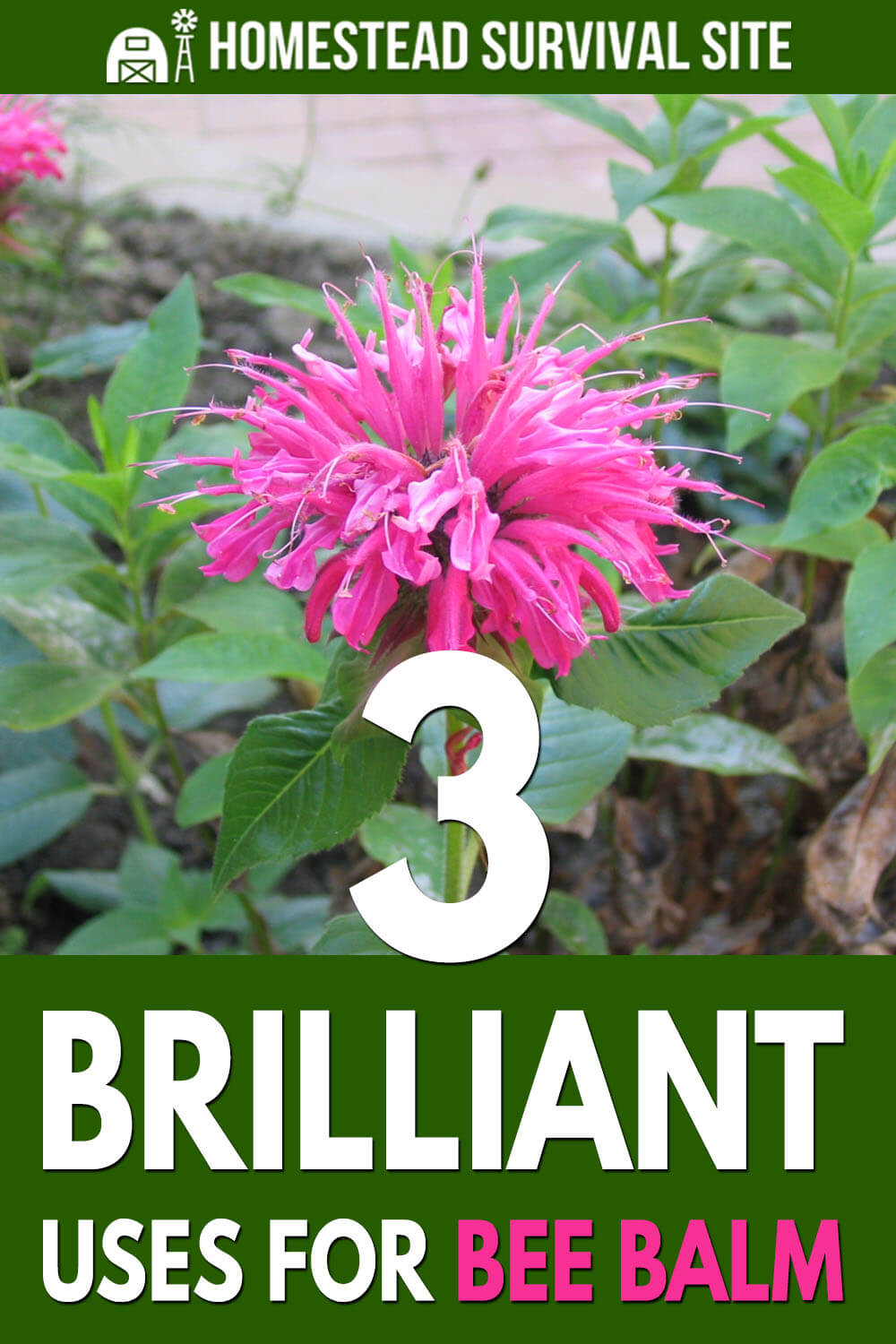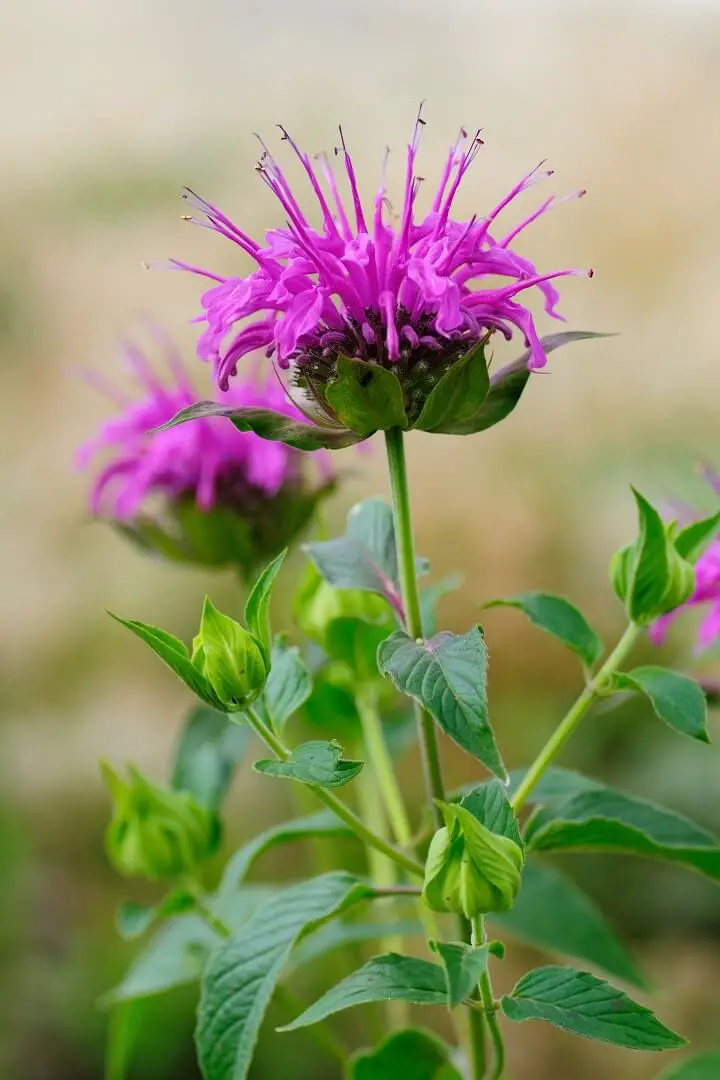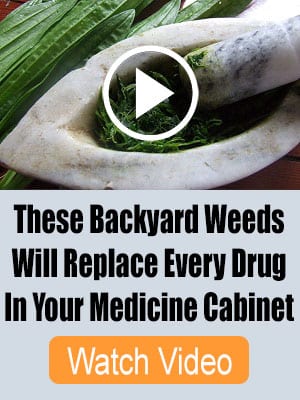[ad_1]
Growing many different types of plants on the homestead is a great way to add beauty and make use of natural resources. There are various plants that pull double or even triple duty on the homestead. These plants often provide pollen to local pollinators, produce fruits or vegetables to eat, and even contain medicinal uses for the body.
Bee balm, also known as bergamot, is one of these plants that has multiple uses. It is a beautiful pollinator plant that features starbursts of purple or red flowers. Bee balm also features edible and medicinal uses that make it a definite must-have plant. Check out these brilliant uses for bee balm.
1. Use Bee Balm to Attract Pollinators
Plant a patch of bee balm near a window for hours of entertainment and activity!
Hummingbirds
These essential little birds love any kind of bee balm in their area. Hummingbirds are not only great to watch and learn from, but they also carry a lot of pollen from plant to plant. The natural shape of the bee balm blooms creates an easy access funnel for hummingbirds to enjoy.
Bees
Is it any wonder that bees love to visit bee balm plants in the garden? Bees are an important part of our ecosystem and have been declining in population for years now. Anything that you can do as a homesteader to cultivate and attract bees is vital. Adding a bee balm plant helps feed the bees and allows them to collect pollen from plant to plant.
Butterflies
Another great addition to a bee balm plant is the delicate flutter of butterflies. These winged creatures love the color and fragrance of the flower. You’ll notice different kinds of butterflies on the bee balm plant throughout the summer.
2. Use Bee Balm as Food
A delicious way to use this plant is to add it to edible drinks, oils, and food. Consider these ideas to spice up your diet.
Tea
Pull off the leaves of the bee balm plant and dry them to make a beautiful red tea. You can use fresh leaves in season as well.
Add one tablespoon of dried, crushed petals or two tablespoons of fresh petals and steep in hot water for 15 minutes. Ensure that the water is hot but not boiling, as the petals are a bit delicate. Drinking bee balm tea helps aid digestion and can help calm the nerves as well.
Infused Oil
Add a different flavor to cooking oil by adding two tablespoons of bee balm leaves to 1.25 cups of olive oil. The best and easiest way to create infused oil is to mix the leaves and oil together in a clean glass jar. Allow the jar to sit on a windowsill for 3-6 weeks.
Jelly
A sweet way to use bee balm in sandwiches, toast, or crackers is to create bee balm jelly. Simply use two cups of fresh bee balm leaves to 2.5 cups of water. Bring the mixture to a boil and set aside to cool. Use this base to create this delicious jelly, or use your own family recipe for this sweet and delightful treat.
Salad
While it may be a bit overpowering to have an entire bee balm leaf salad, you can add a few leaves into your greens mix to add a minty flavor. Toss in a few leaves in either a green or fruit salad to brighten up the taste.
3. Use Bee Balm as Medicine
Bee balm can be used as both internal and external medicine. It has natural antimicrobial properties, making it a vital part of home medicine.
Salve
Mix together a bee balm infused oil to create a helpful salve. Mix 8 ounces of bee balm oil with 1 ounce of beeswax to help thicken it up for application. Use the salve to help heal the body and boost health.
Tinctures
You can also use bee balm to create a tincture to soothe anxiety and the nervous system. Add bee balm leaves or flowers to a jar and cover it with a neutral alcohol like vodka. Store the bottle in a cool dark place for four weeks, then strain the leaves to create a useful bee balm tincture.
Learn more about making a bee balm tincture with this recipe.
Poultices
Soothe sore eyes and headaches by making a bee balm poultice. Combine boiled bee balm leaves and wrap them in cloth to apply to the hurting area of the body. A bee balm poultice can also help with fungal infections and muscle spasms.
How To Grow Bee Balm
Have I convinced you to add some bee balm to your homestead yet? You can easily add this beautiful and useful plant all-around your property to enjoy its many uses.
When and Where to Plant Bee Balm
You can plant bee balm in either the spring or fall. It loves to be in full sun and blooms better when it gets as much sun as possible. Bee balm has a mature size of 2-4 feet high, making it an excellent plant to add to a landscape or near a window.
While a single bee balm plant can do well by itself, you’ll have more activity with a patch of bee balm. Plant them 18-24 inches apart in well-drained soil for the best growth. Make sure to choose an area that receives plenty of air circulation as the plant can develop mildew.
How to Grow Bee Balm for Best Use
Adding mulch around the base of the plant will help keep weeds in check. Deadhead faded blooms to boost more production later on in the summer growing season. Cut the stems of the plant back after the first frost to about 2 inches above the soil. (This is a great time to harvest the leaves and use them in your food or home medicine.) Divide the plant every 2-3 years to help it continue to grow and establish.
There are so many uses and good things about bee balm that it is a natural choice for many homesteaders around the country. This beautiful plant not only adds color and pollinator activity to the farm, but it also is useful after the growing season ends in food and medicine.
[ad_2]
Source link
Get more stuff like this
in your inbox
Don't Be Left Unprepared
Thank you for subscribing.
Something went wrong.









